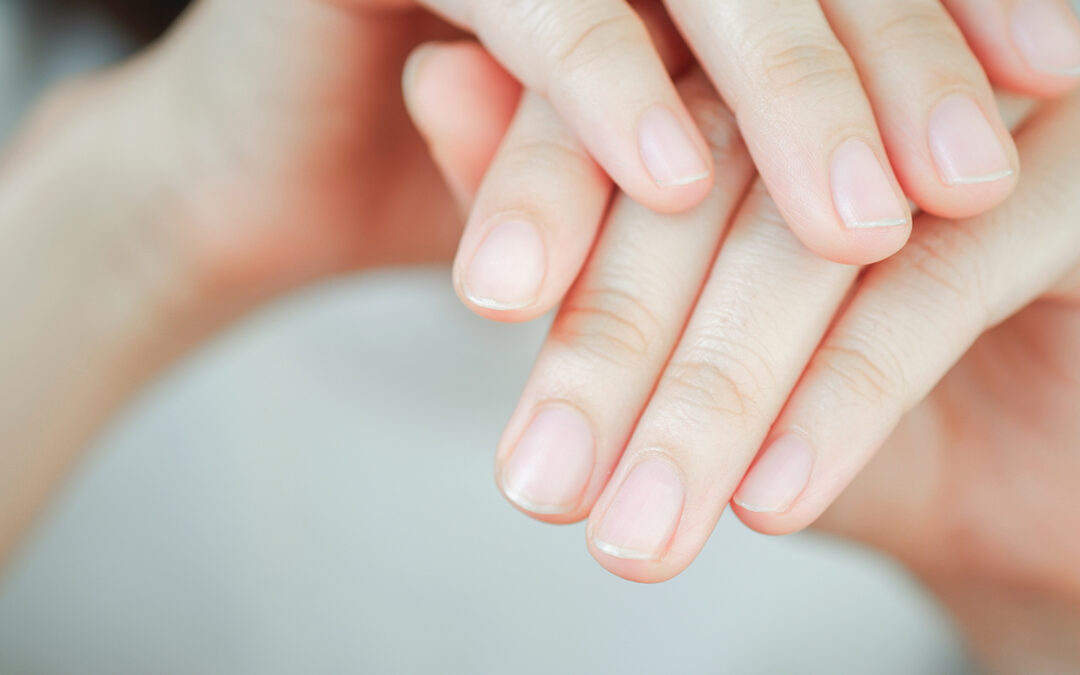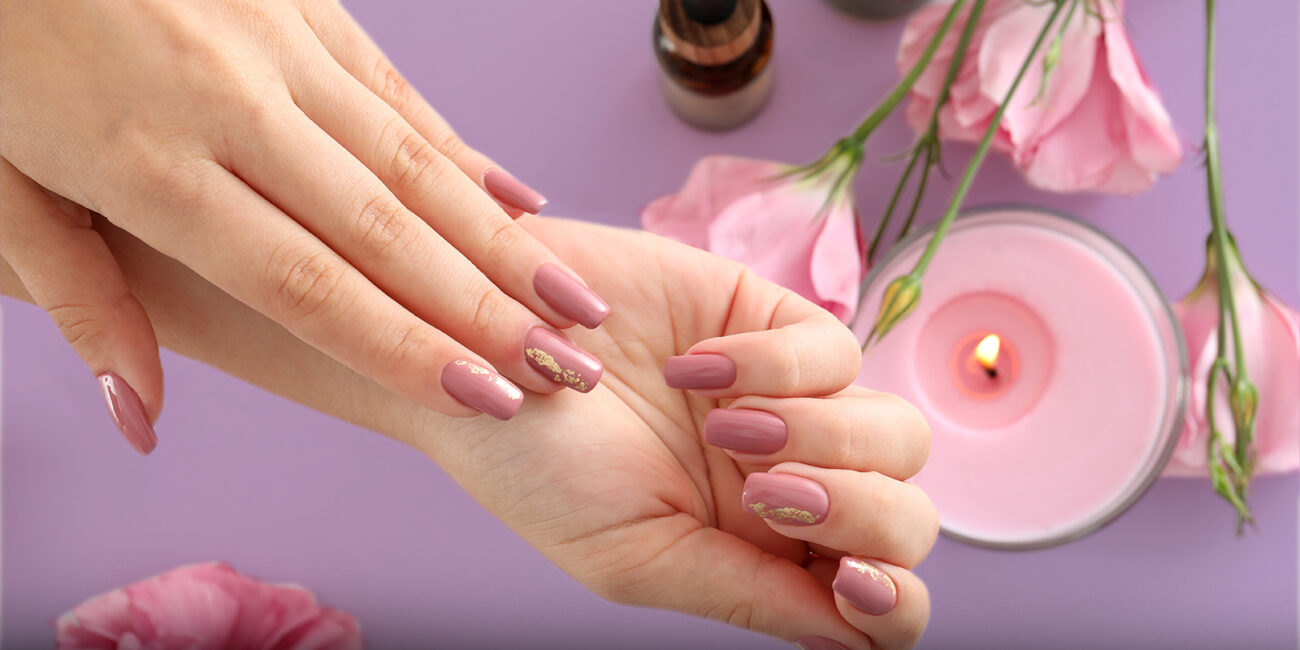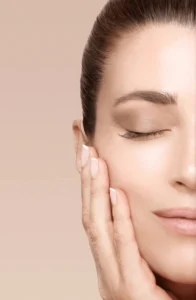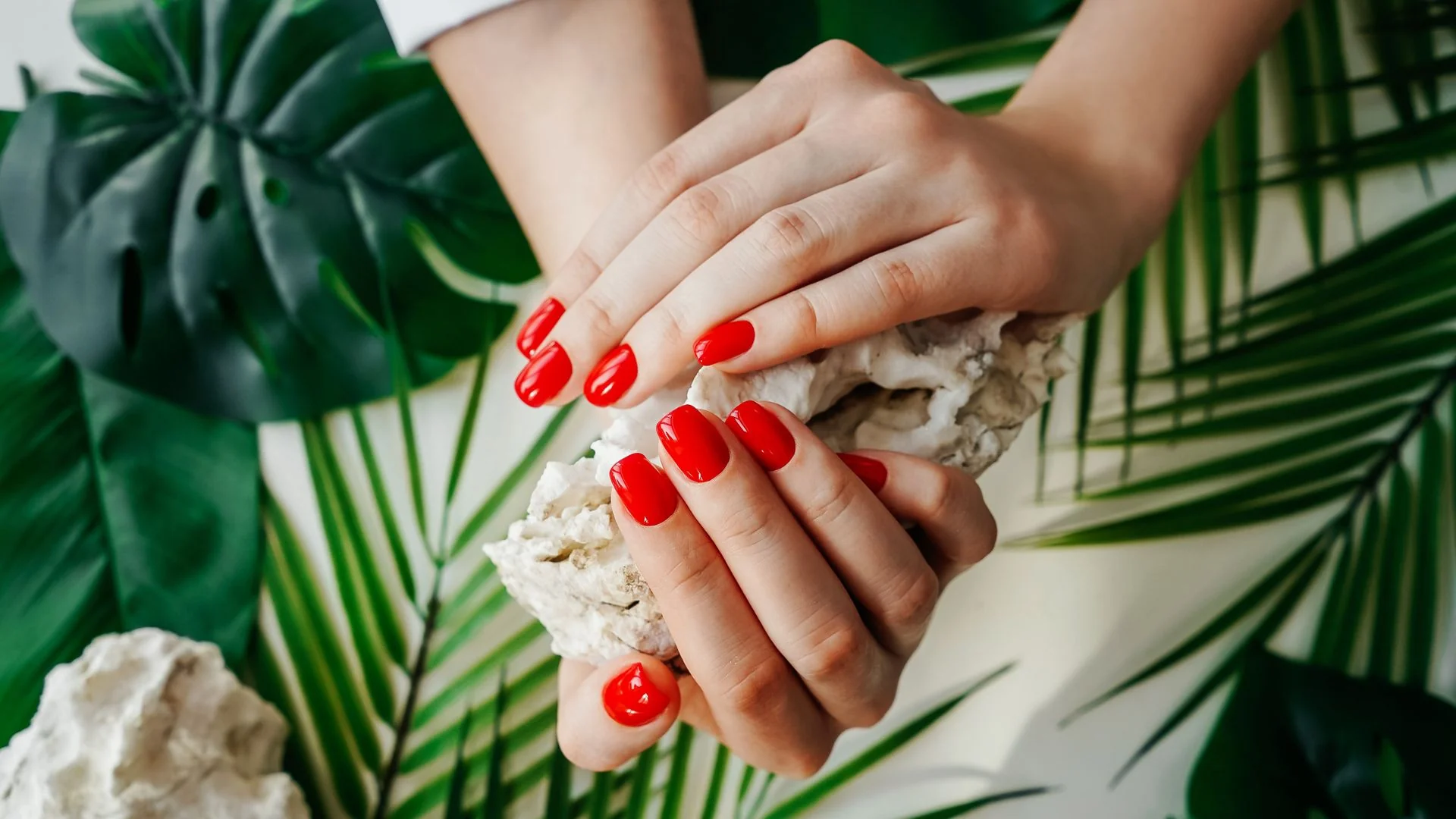Our nails are more than just an aesthetic feature; they’re an integral part of our health and grooming. Nails protect sensitive fingers and toes, act as a window to our overall health, and can even hint at underlying medical conditions. Understanding nail health and addressing common nail concerns is essential for everyone, regardless of age or gender. In this guide, we delve into the importance of nail health, common issues, preventive care, and solutions.
1. The Anatomy of a Nail
Before we discuss nail health, it’s essential to understand the structure of your nails. Each nail consists of:
a. Nail Plate
The visible hard surface made of keratin that we commonly refer to as the nail.
b. Nail Bed
The skin beneath the nail plate that provides nutrients and support.
c. Cuticle
The thin layer of skin at the base of the nail plate that protects against infections.
d. Lunula
The crescent-shaped white area at the base of the nail plate.
e. Matrix
The hidden part of the nail responsible for nail growth. It’s located beneath the cuticle.
2. Why Nail Health Matters
Nail health is an essential component of overall wellness. Here’s why you should pay attention to your nails:
a. Indicators of Health
Nails can show signs of nutritional deficiencies, infections, or chronic conditions like anemia, diabetes, or thyroid disorders. Changes in color, texture, or shape often act as red flags.
b. Functional Importance
Healthy nails protect fingers and toes, making them less vulnerable to injury or infections.
c. Aesthetic Appeal
Well-maintained nails enhance personal grooming, boosting confidence and leaving a positive impression.

3. Common Nail Concerns and Their Causes
a. Brittle Nails
- Symptoms: Nails that break, split, or peel easily.
- Causes: Frequent exposure to water, harsh chemicals, or a lack of moisture. Nutritional deficiencies in biotin or iron may also contribute.
b. Yellow Nails
- Symptoms: Nails develop a yellowish tint.
- Causes: Smoking, nail polish stains, fungal infections, or underlying health conditions like psoriasis or diabetes.
c. White Spots (Leukonychia)
- Symptoms: Small white spots on the nail plate.
- Causes: Minor trauma to the nail matrix or zinc deficiency.
d. Fungal Infections
- Symptoms: Thickened, discolored, or crumbly nails.
- Causes: Moist environments, poor hygiene, or walking barefoot in public areas like pools or gyms.
e. Ingrown Nails
- Symptoms: Painful nails growing into the surrounding skin.
- Causes: Improper nail trimming, tight footwear, or genetic predisposition.
f. Ridges
- Symptoms: Vertical or horizontal lines on the nail plate.
- Causes: Aging, malnutrition, or underlying conditions like eczema or arthritis.
g. Spoon Nails (Koilonychia)
- Symptoms: Nails that curve upward, resembling a spoon.
- Causes: Iron deficiency anemia, heart disease, or hypothyroidism.
4. Preventive Care for Healthy Nails
a. Maintain Hygiene
- Wash hands and nails regularly with mild soap.
- Use a nail brush to remove dirt and debris from under the nails.
b. Trim and File Correctly
- Cut nails straight across to avoid ingrown nails.
- Use a fine-grit file to smooth edges and prevent splitting.
c. Keep Nails Moisturized
- Apply cuticle oil and hand cream daily to maintain hydration.
- Focus on the cuticles to prevent dryness and peeling.
d. Protect Nails from Damage
- Avoid using nails as tools to open packages or scrape surfaces.
- Wear gloves during cleaning or gardening.
e. Choose Non-Toxic Nail Products
- Use breathable nail polishes free of harmful chemicals like formaldehyde or toluene.
- Opt for acetone-free nail polish removers to minimize dryness.

5. Nutrition for Nail Health
Your diet plays a crucial role in maintaining strong and healthy nails. Ensure you’re consuming:
a. Biotin
- Promotes nail strength and growth.
- Sources: Eggs, nuts, seeds, and sweet potatoes.
b. Protein
- Essential for keratin production.
- Sources: Lean meats, fish, tofu, and legumes.
c. Zinc
- Supports nail repair and growth.
- Sources: Shellfish, pumpkin seeds, and whole grains.
d. Iron
- Prevents brittle or spoon-shaped nails.
- Sources: Spinach, red meat, and fortified cereals.
e. Omega-3 Fatty Acids
- Keeps nails hydrated and prevents splitting.
- Sources: Salmon, walnuts, and flaxseeds.
6. Solutions for Common Nail Problems
a. For Brittle Nails
- Use a nail strengthener with keratin.
- Soak nails in warm olive oil twice a week.
b. For Yellow Nails
- Soak nails in a mixture of baking soda and hydrogen peroxide to remove stains.
- Consult a doctor if the condition persists, as it could indicate an infection or health issue.
c. For Fungal Infections
- Apply over-the-counter antifungal treatments.
- Keep nails clean and dry to prevent recurrence.
d. For Ingrown Nails
- Soak the affected foot or hand in warm water to reduce swelling.
- Avoid cutting nails too short or at an angle.
- See a podiatrist for severe cases.
e. For Ridges
- Buff nails gently to smooth the surface.
- Apply ridge-filling base coats before using nail polish.
- Address nutritional deficiencies through diet or supplements.
7. Nail Care for Specific Lifestyles
a. For Active Individuals
- Keep nails short to minimize breakage.
- Use breathable, anti-chipping nail polish.
b. For Professionals
- Opt for neutral shades or clear polish for a clean, polished look.
- Maintain regular manicures to avoid uneven edges.
c. For Parents or Caregivers
- Hydrate hands and nails frequently to combat dryness from washing.
- Keep nails trimmed to avoid accidental scratches.

8. Professional Nail Care: When to Seek Help
Some nail concerns require professional attention. Seek a dermatologist or podiatrist for:
- Persistent fungal infections.
- Discoloration or thickening that doesn’t improve with over-the-counter treatments.
- Severe pain from ingrown nails or other conditions.
- Unexplained changes in nail shape or texture.
9. Modern Trends in Nail Care
a. Natural and Minimalistic Nails
Clean, buffed nails with a glossy topcoat are trending as a low-maintenance, elegant option.
b. Non-Toxic Products
Consumers are leaning towards breathable, vegan, and cruelty-free nail care products.
c. DIY Nail Art
With tools and tutorials readily available, at-home nail art has become a creative and cost-effective trend.
10. Final Tips for Healthy Nails
- Stay Consistent: Regular care ensures long-term nail health.
- Avoid Over-Polishing: Give nails breaks from polish to breathe and rejuvenate.
- Hydrate Inside Out: Drink plenty of water to keep nails and skin hydrated.
- Listen to Your Nails: Monitor changes and address them promptly.
- Invest in Quality Tools: Replace dull or worn tools to prevent nail damage.
Conclusion
Healthy nails are a reflection of your overall well-being and self-care habits. By understanding common nail concerns and adopting a preventive and proactive approach, you can maintain strong, beautiful nails that stand the test of time. Whether you’re embracing the latest nail trends or sticking to a minimalist routine, consistency and attention to detail are key. Start prioritizing your nail health today, and enjoy the confidence that comes with well-groomed nails!













